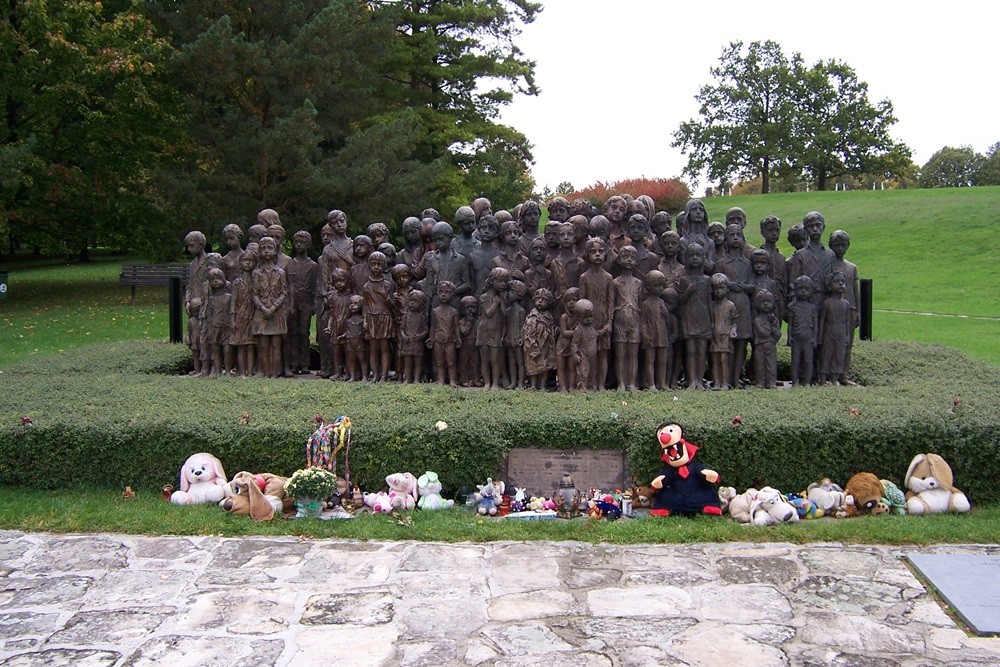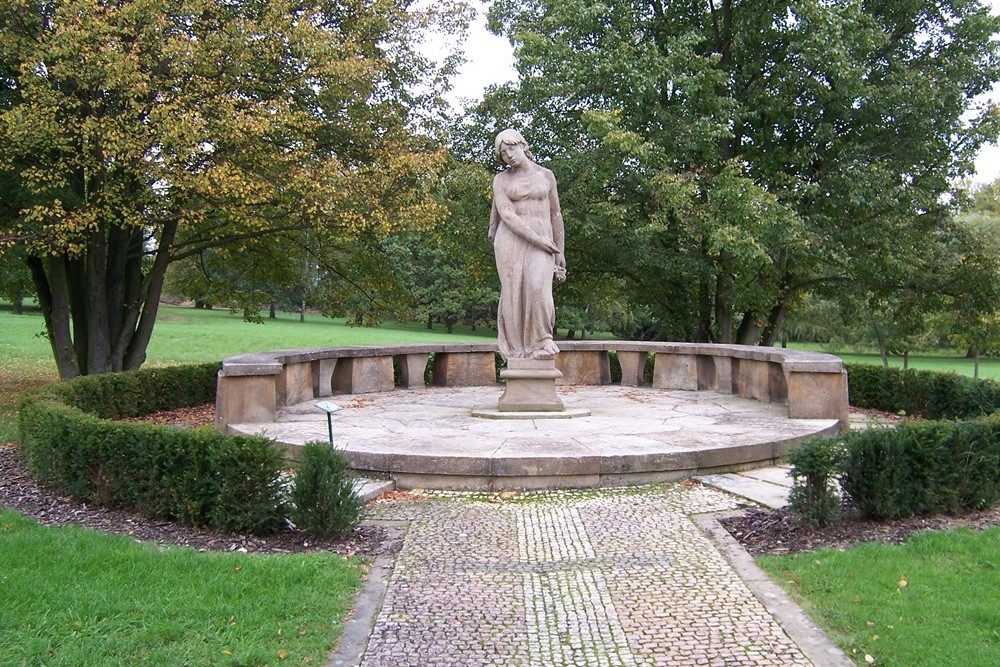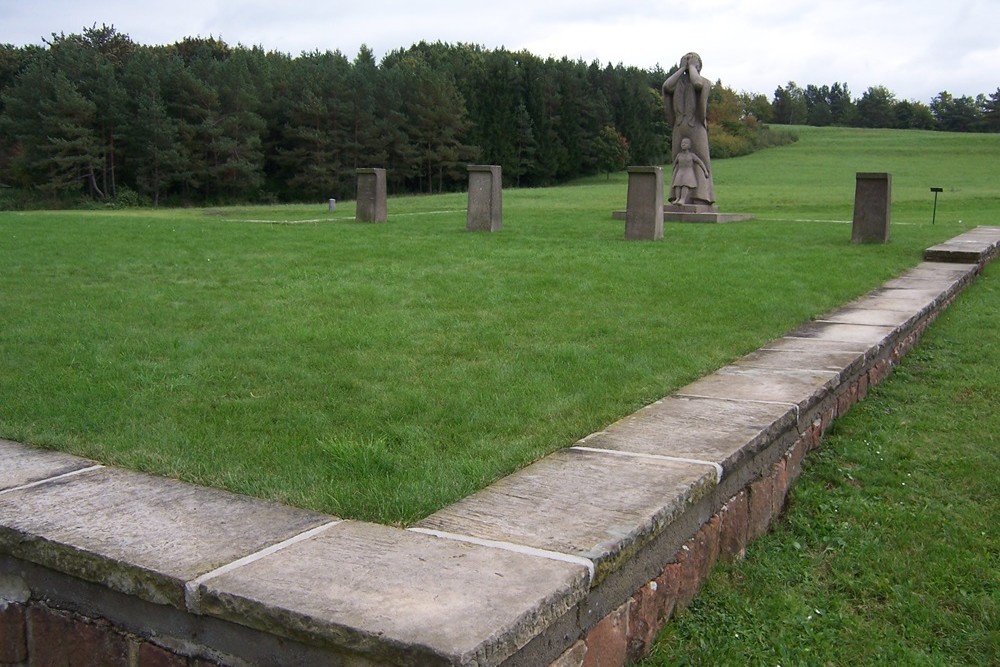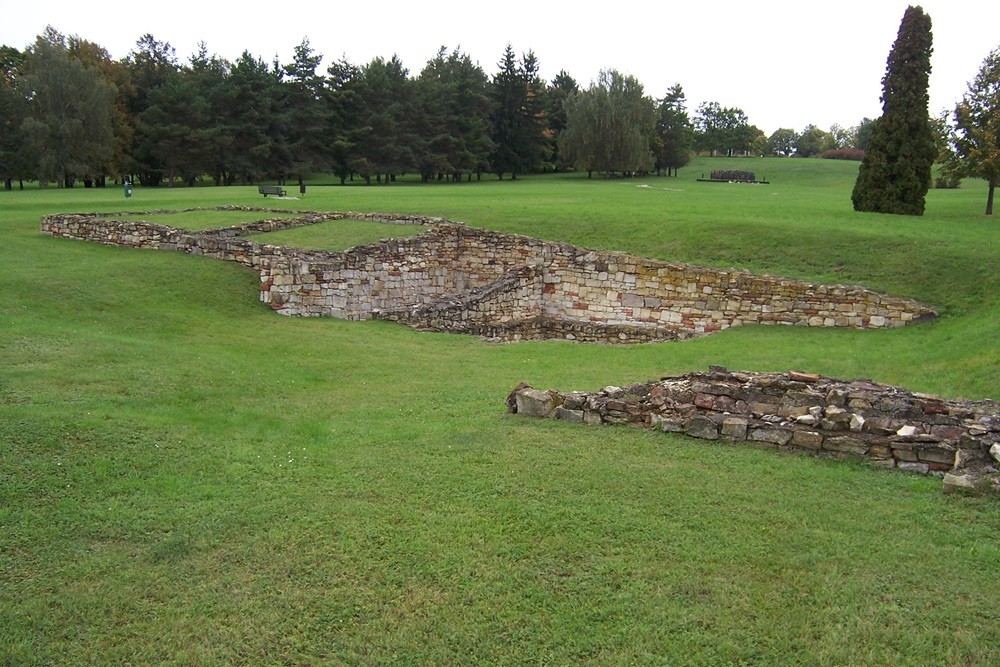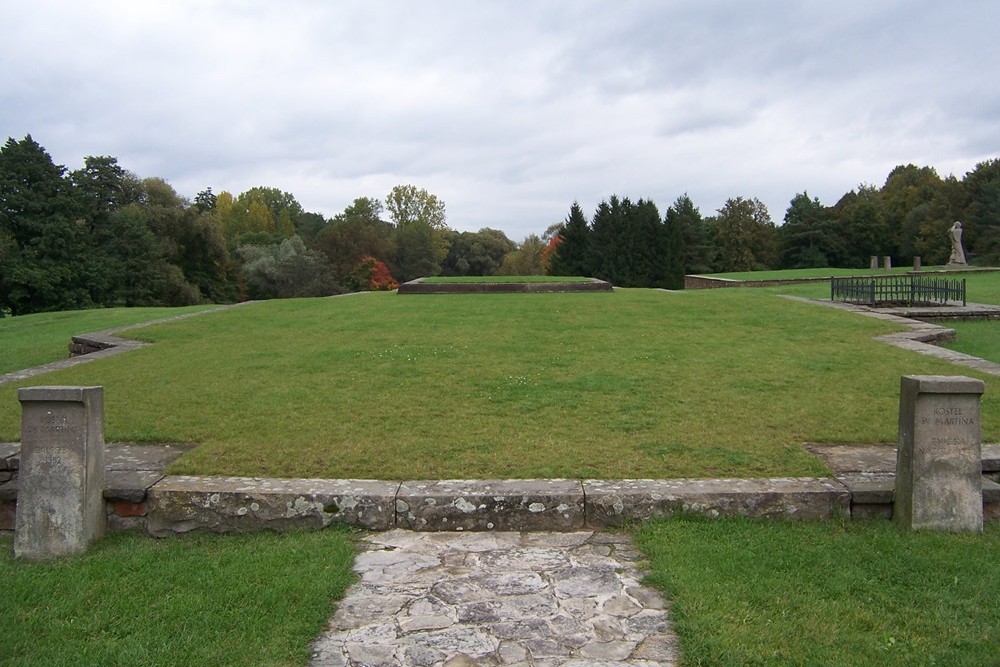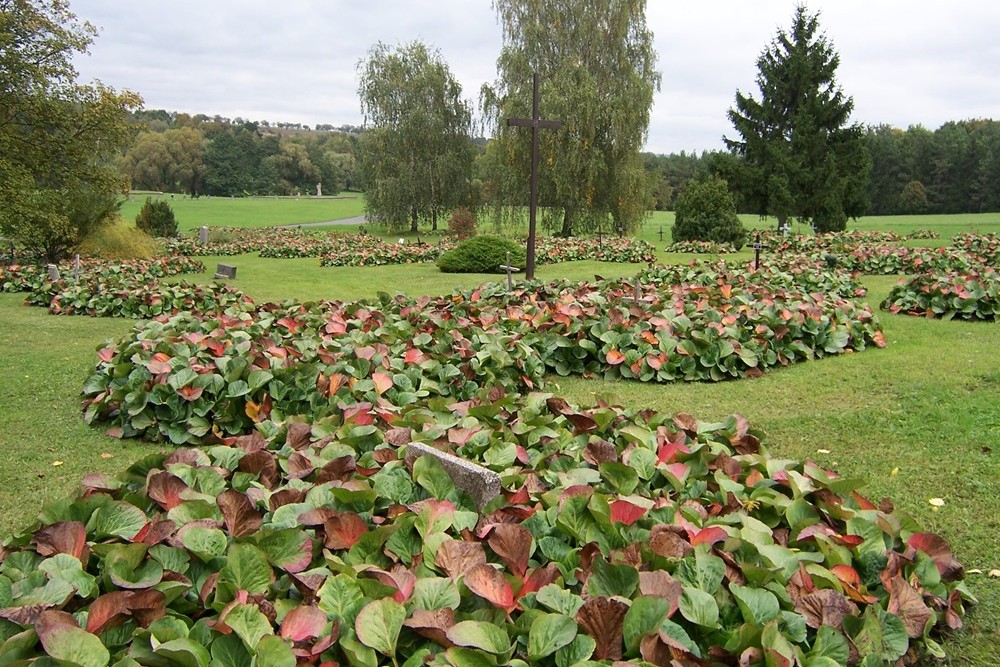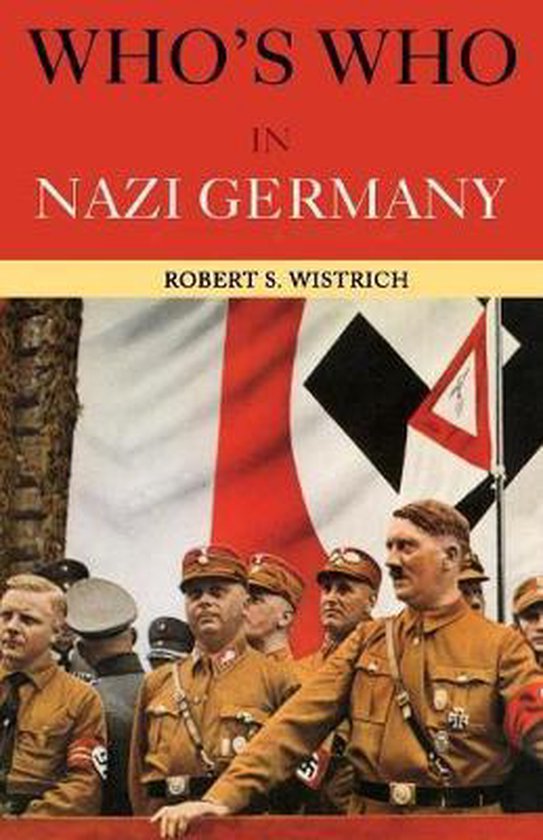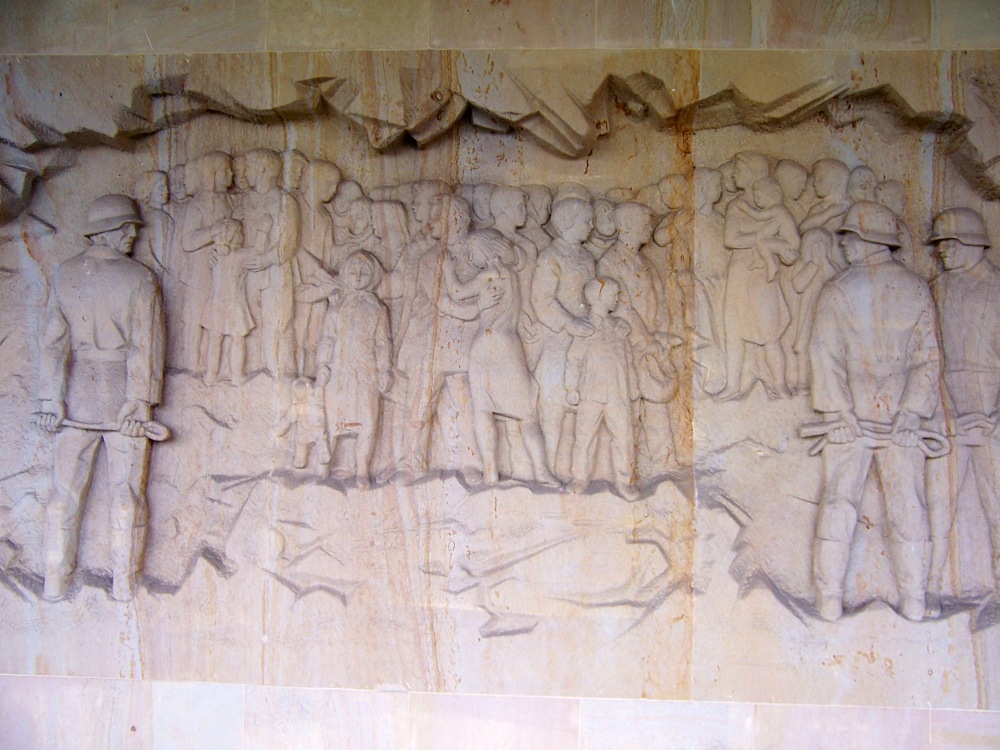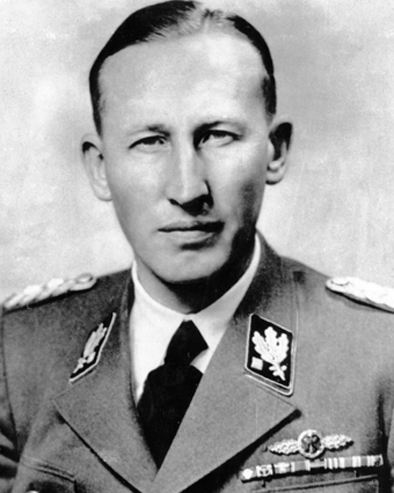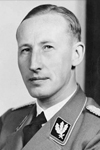Lidice Memorial Place
Introduction:
About a 20 minute drive to the northwest of the capital Prague is the martyr village Lidice situated. In World War II, this village in the west of the Czech Republic was completely destroyed in retaliation for the attack on the high-ranking Nazi leader Reinhard Heydrich. A totally new village has appeared, a museum and the place where Lidice once was has been laid out as a park with countless monuments.
The Slaughter:
On June 4, 1942, former Reich Protector of Bohemia and Moravia (the Czech Republic) Reinhard Heydrich died of wounds sustained eight days earlier in an attempt on his life in the outskirts of Prague. An enraged Hitler ordered Kurt Daluege, Heydrich's replacement, to wade Bohemia through blood and find the murderers. The Germans launched a massive revenge campaign against the Czech civilian population. One of the reprisal measures fell on the village of "Lidice" just outside Prague where two gunmen are said to have come from. The villagers would also be known to be hostile against the Germans. And last but not least: local partisans are said to be hidden in Lidice.
On June 10, 1942, the village was surrounded by German security police and all escape routes were closed. The entire population was chased from their homes and gathered in the main square. All men over the age of 15 were locked in a shed and shot the next day. Nineteen other men who were working in a mine at the time and 7 women were sent to Prague, where they were also shot. The remaining women were transported to the Ravensbrück concentration camp, where a quarter of them died of exhaustion or gassing. The children were sent to a concentration camp on Gneisenau Street (present-day Poland), where they were sorted according to race characteristics. Those who met the Aryan characteristics went to Germany (most of them returned after the war), the rest were gassed in Chelmno.
Lidice vanished from the Earth:
All goods, supplies, animals, money and jewelry was confiscated from the village, the old church and the village cemetery were subsequently burned down, destroyed or blown up. The ground on which the village had stood was plowed and leveled with bulldozers and corpses were even removed from gravestones to make everyone forget everything. An original film, made by a German soldier, has been preserved.
In total, 340 people from Lidice were murdered by the Nazis in revenge (192 men, 60 women and 88 children). The total number of victims of the revenge attacks is estimated at 1300. This figure includes resistance fighters, their sympathizers and random victims, such as the inhabitants of Lidice.
Propaganda:
The Nazis proudly used the destruction of the village as propaganda as they had not done before with previous destruction of villages in Europe. In England the message was picked up and the British in turn used it in their propaganda, which was heard by other listeners.
Immediately after the destruction of the village, worldwide actions were taken not to forget the name Lidice. Names of towns and cities were renamed, it became a popular girl's name and songs were recorded with the name and even movies. After the war, the new village of Lidice was built a few hundred meters away. Memorials and a museum commemorating the 340 victims now stand on the site of the original village.
Nowadays:
Nowadays you have to have a good imagination to see a village with a church and 500 houses in the current park. An undulating terrain with lots of greenery, a tree here and there and countless monuments. There are also some foundations of houses and buildings that have been destroyed. An information panel here and there. The most impressive is the children's monument with the lifelike memory of the children of the village.
In the adjacent museum you can gain impressions of what it must have been like here. In the new village, a gallery has been set up with works of art and a 20-minute film about the terrible incident.
For current visiting hours, please visit the website of the museum.
Do you have more information about this location? Inform us!
Source
- Text: Cheapskatetravel.nl
- Photos: Koos Winkelman (1, 2, 3, 4, 5, 6), Cheapskatetravel.nl (7, 8)
